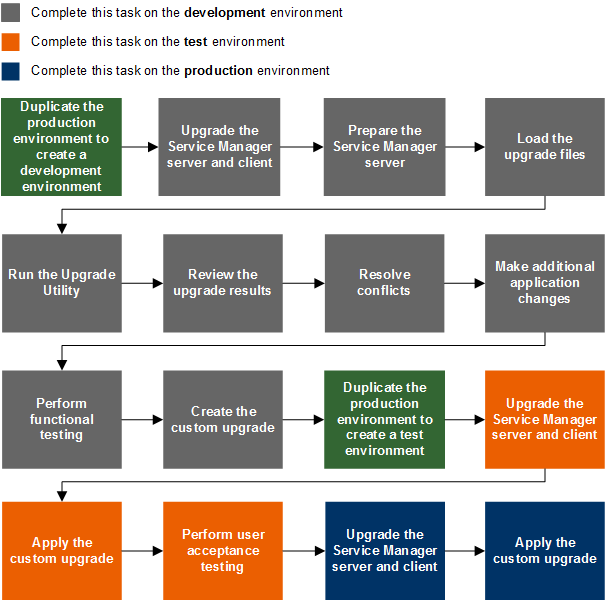Searching the Help
To search for information in the Help, type a word or phrase in the Search box. When you enter a group of words, OR is inferred. You can use Boolean operators to refine your search.
Results returned are case insensitive. However, results ranking takes case into account and assigns higher scores to case matches. Therefore, a search for "cats" followed by a search for "Cats" would return the same number of Help topics, but the order in which the topics are listed would be different.
| Search for | Example | Results |
|---|---|---|
| A single word | cat
|
Topics that contain the word "cat". You will also find its grammatical variations, such as "cats". |
|
A phrase. You can specify that the search results contain a specific phrase. |
"cat food" (quotation marks) |
Topics that contain the literal phrase "cat food" and all its grammatical variations. Without the quotation marks, the query is equivalent to specifying an OR operator, which finds topics with one of the individual words instead of the phrase. |
| Search for | Operator | Example |
|---|---|---|
|
Two or more words in the same topic |
|
|
| Either word in a topic |
|
|
| Topics that do not contain a specific word or phrase |
|
|
| Topics that contain one string and do not contain another | ^ (caret) |
cat ^ mouse
|
| A combination of search types | ( ) parentheses |
|
Applications upgrade lifecycle
You can use three environments to complete the upgrade process: your current production environment, a new development environment, and a new test environment. You will duplicate your production environment to create the development and test environments. Run the out-of-box upgrade and create the custom upgrade on the development environment, and then run and test the custom upgrade on the test environment before you apply it to your production environment. The figure below provides an overview of the steps in the upgrade process.
The following flow chart illustrates the lifecycle of a typical upgrade of Service Manager applications.

Upgrade phases and sub-phases
The following table describes the phases and sub-phases in the entire applications upgrade lifecycle. These sub-phases are logged in the upgrade log files during the upgrade. When an error occurs, the log files can help you find out during which phase and sub-phase the error occurs.
| Phase | Sub-phases |
|---|---|
| Planning and preparation |
|
| Running an out-of-box upgrade |
|
| Creating a custom upgrade |
|
| Applying the custom upgrade |
|











